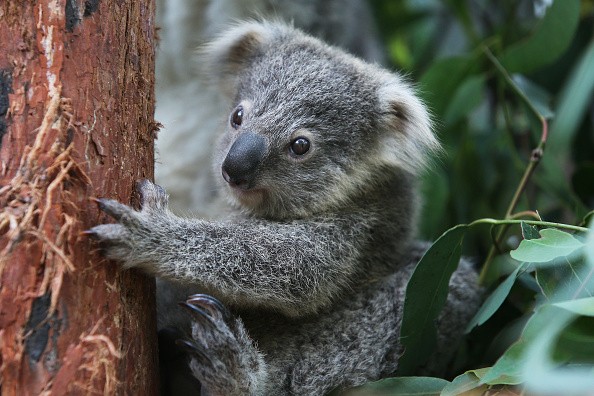Australia's koalas have been classified as "endangered." These marsupials have been struggling to survive the effect of bushfires, land clearing, drought, and disease.

Decline in Koala Population
Koala is a herbivorous animal that spends most of its time in trees. It is mostly arboreal, meaning it lives in trees and eats leaves that fall from the trees.
Efforts to Save Koalas
An Australian government offer of $50 million (US$36 million) to safeguard and restore koala habitats was cited as an example of "unprecedented action" to protect the koala, according to the minister.
However, environmentalists applauded the new status but criticized Australia for its lack of action in this area. Within a decade, koalas have gone from being listed as vulnerable to endangered. Scientist Stuart Blanch with WWF-Australia says the rate of reduction is alarmingly rapid.
Koalas won't be saved from extinction by today's ruling alone; stronger legislation and incentives for landowners to maintain their forest homes are needed. Wildlife conservationists said they couldn't give precise population estimates for koalas in the east affected states.
Only 92,000 koalas will remain in the wild in 2021, according to an independent government advisory group, the Threatened Species Scientific Committee.
If no action is taken, east coast koalas might be extinct by 2050, according to Alexia Wellbelove of the Humane Society International.

Threats Facing Koalas
A decade after the koala was listed as vulnerable, the federal government, according to the Australian Conservation Foundation, had permitted the removal of more than 25,000 hectares of its habitat.
"Australia's national environment laws are so ineffective they have done little to stem the ongoing destruction of koala habitat in Queensland and NSW since the species was supposedly protected a decade ago," said the foundation's nature campaign manager, Basha Stasak.
There had already been land clearing, drought, disease, automobile strikes, and dog attacks on Australia's koalas, according to wildlife campaign manager Josey Sharrad of the International Fund for Animal Welfare.
Sharrad said: "We should never have allowed things to get to the point where we are at risk of losing a national icon," according to Eagle News.
Australia and its leaders must take action much faster in order to safeguard critical habitats. The quality of the animals' eucalyptus leaf diet will deteriorate as a result of climate change, according to scientists.
South Australia and Victoria also have koala populations, but conservationists say they are in decline across the country.
Related Article : Mass Deaths of Koalas in Australia Prompt Animal Cruelty Charges
For more news, updates about koalas and similar topics don't forget to follow Nature World News!
© 2025 NatureWorldNews.com All rights reserved. Do not reproduce without permission.

